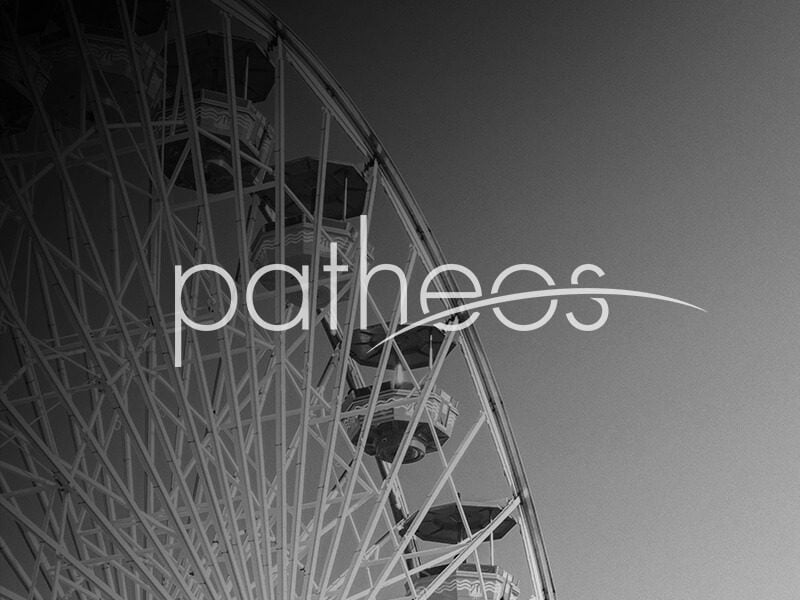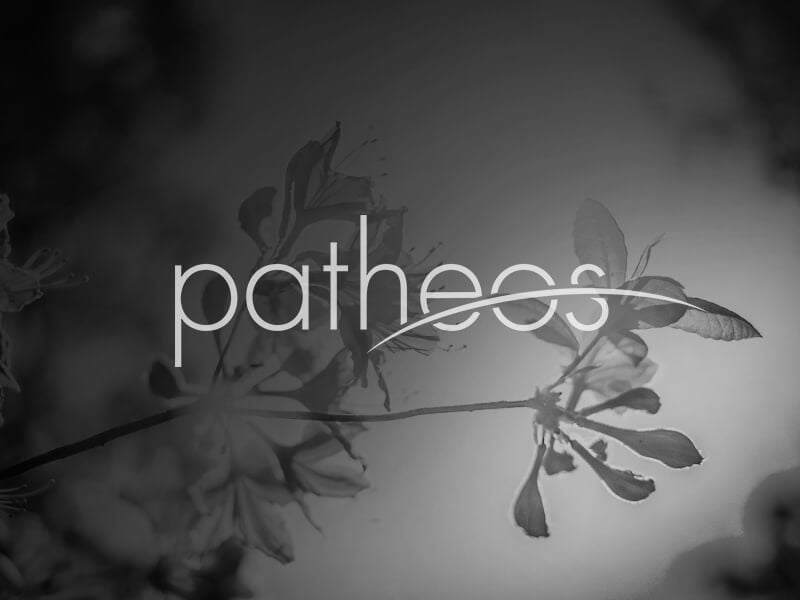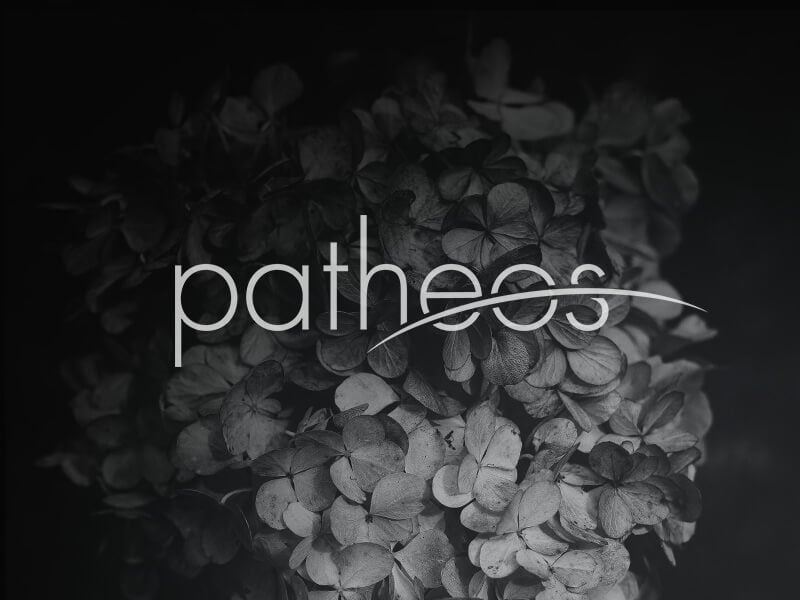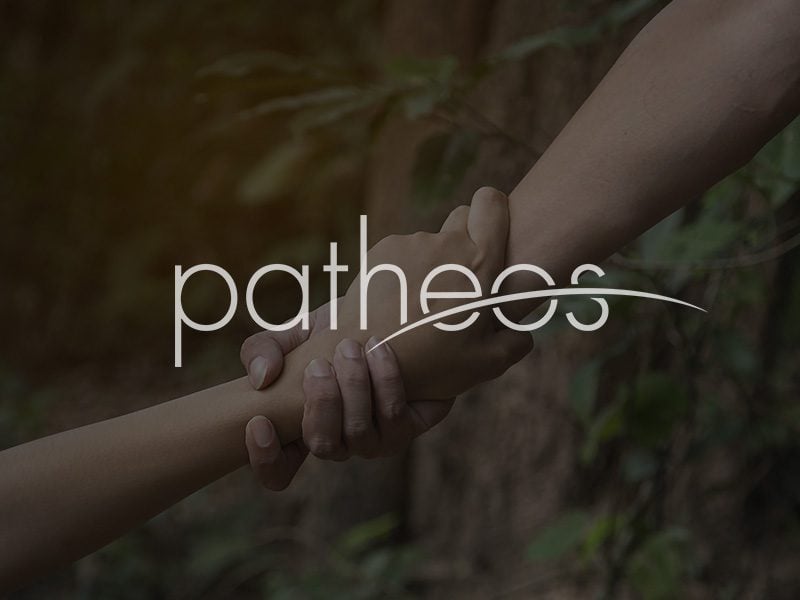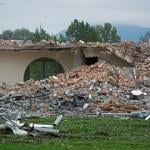The Sermon on the Mount begins with beatitudes, and the Olivet Discourse begins with Woes. As N. T. Wright and others have shown, the two series are similar in a number of particulars. The connections between the two discourses continue after the beatitudes/woes section, evident in significant verbal repetition. To wit: “Kill”: Jesus uses the verb in 5:21 After that it comes up only in Matthew in 19:18, until we get to 23, where it describes what scribes, Pharisees, hypocrites... Read more


